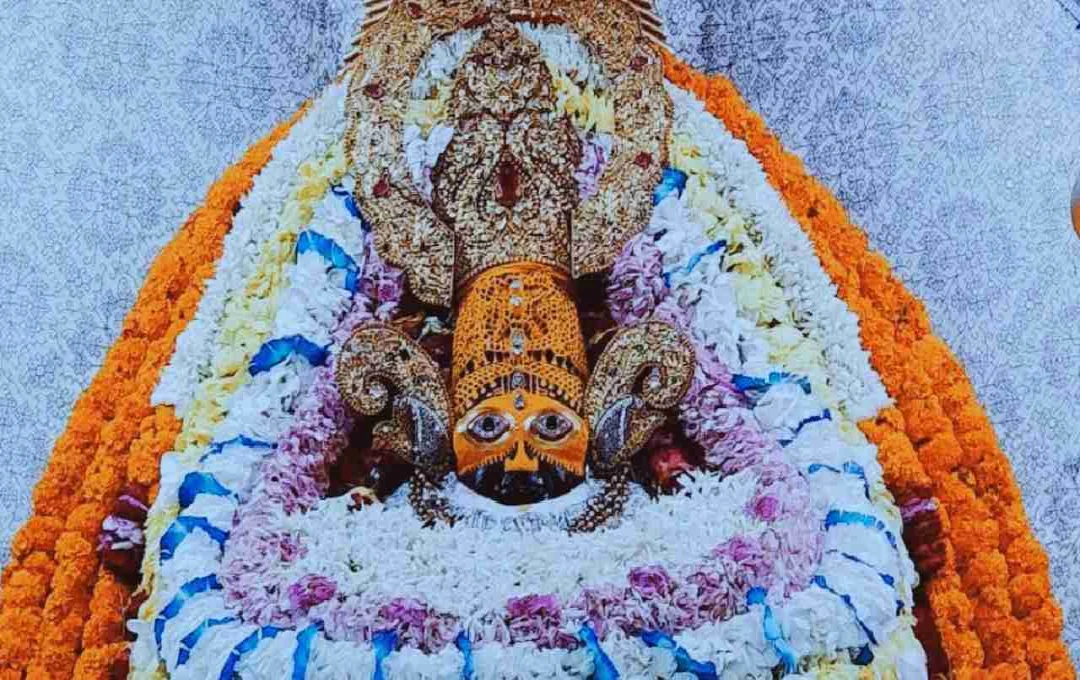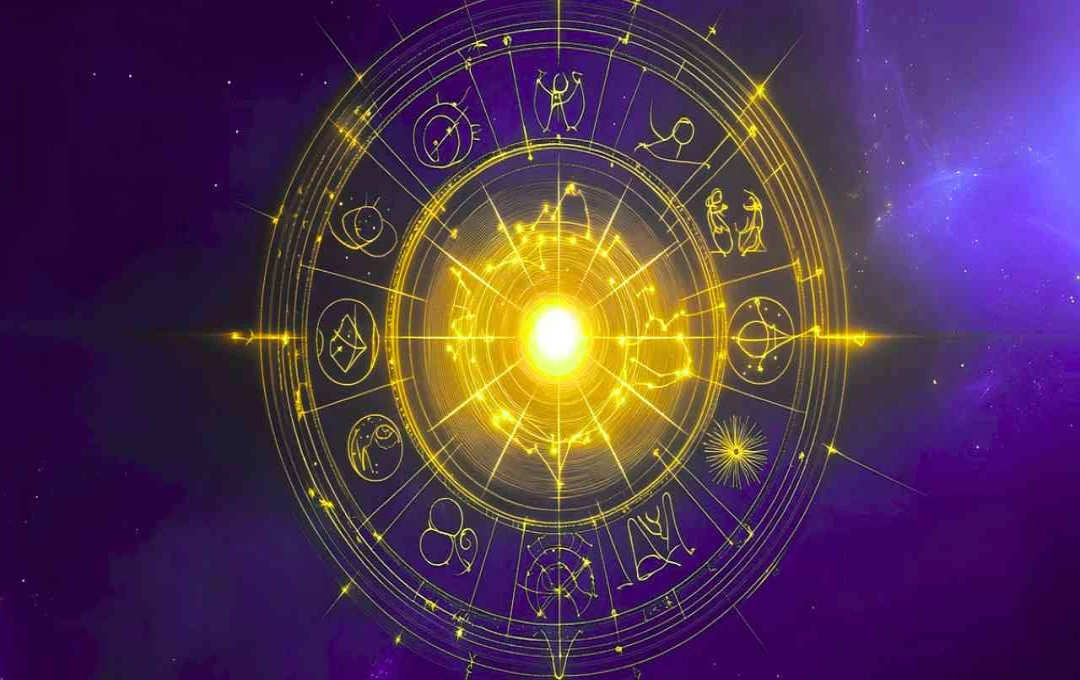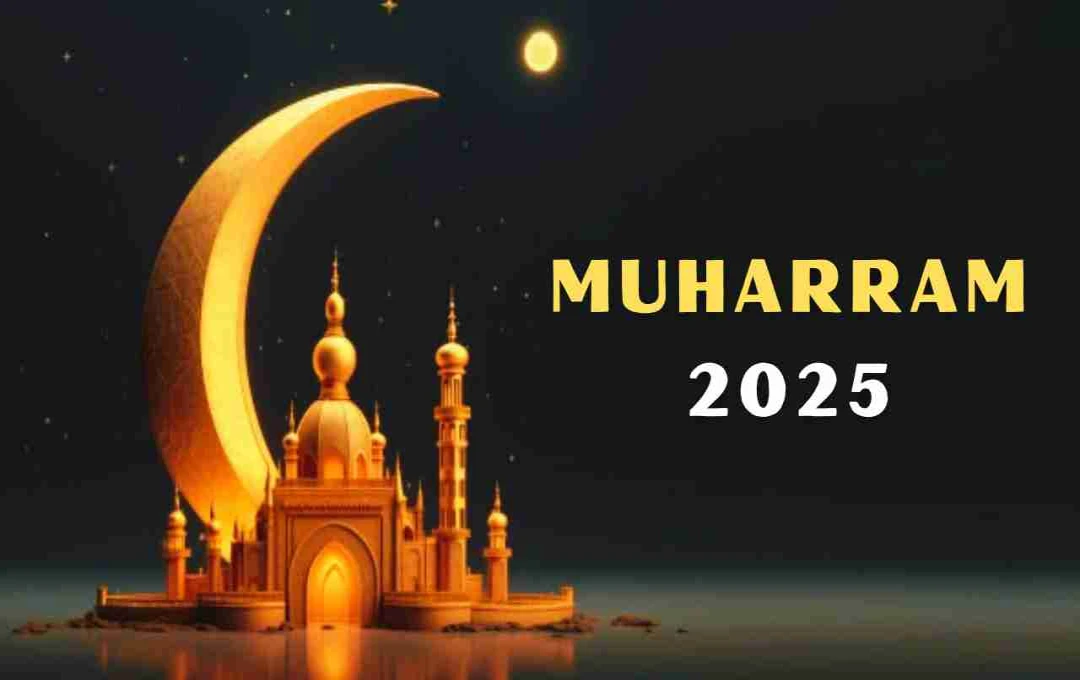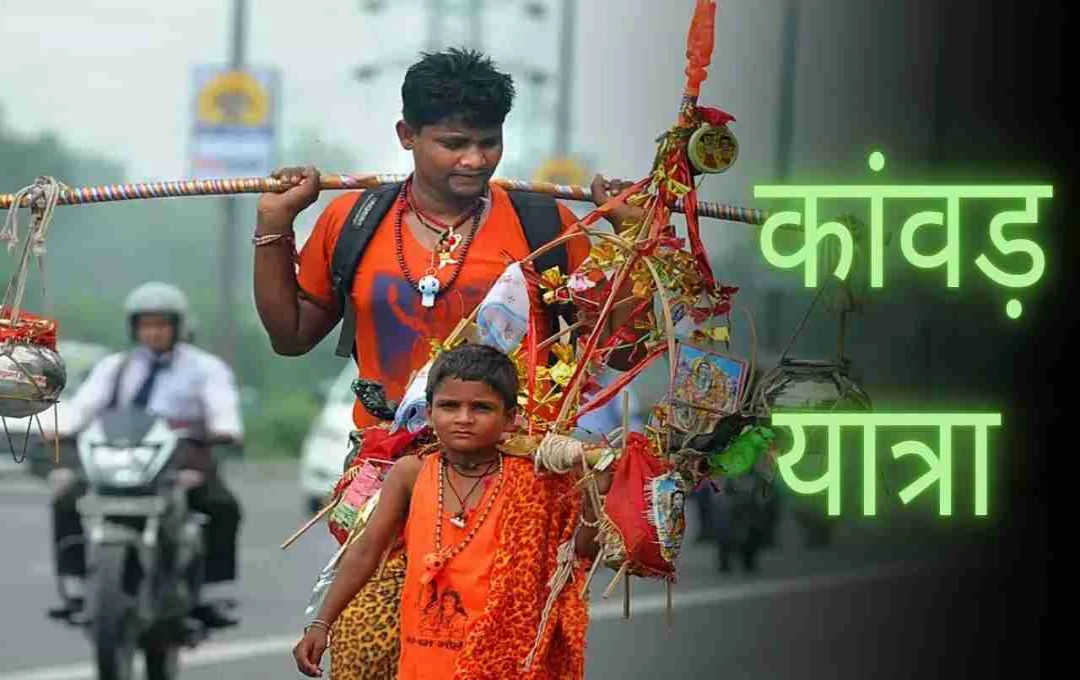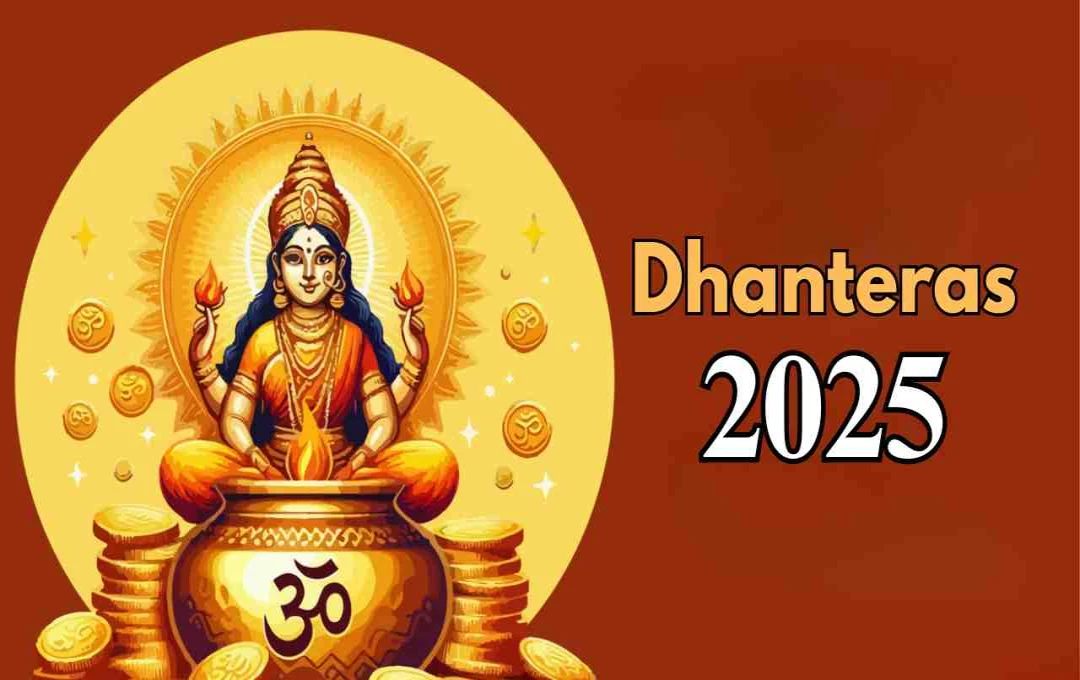The Khatu Shyam Temple, located in the Sikar district of Rajasthan, is not merely a religious site but a center of faith for millions of devotees. Dedicated to Barbarik, a great warrior from the Mahabharata era, this shrine attracts lakhs of devotees from India and abroad every year. It is believed that Lord Krishna blessed Barbarik, granting him the boon to be worshipped in the Kali Yuga by the name 'Shyam.' Since then, this place has been known as Khatu Shyam Dham, and the deity enshrined here is worshipped as Shyam Baba.
Does the idol actually change color?
A fascinating discussion has been ongoing for years among devotees regarding the idol of Baba installed in the Khatu Shyam Temple. It is said that the color of this idol changes every month — sometimes fair, sometimes dark. This aspect, while appearing mysterious, deepens the faith of the devotees. However, this change is neither a miracle nor a mysterious power, but rather a part of the temple's ancient tradition and special adornment.
Shyam color during Krishna Paksha, Shaligram form during Shukla Paksha
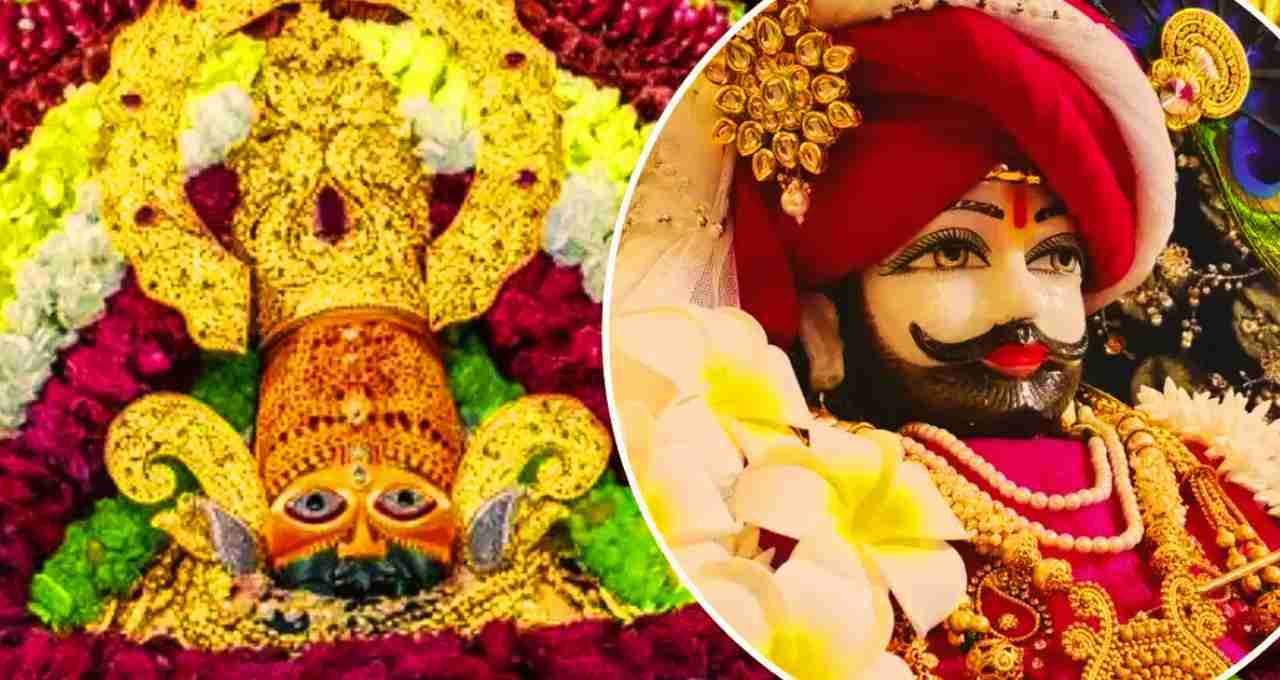
According to the temple administration and local priests, the color of the Khatu Shyam idol is seen in two forms. When Krishna Paksha (the dark fortnight) is observed, Baba is adorned in Shyam color, which is light yellow-brown. During this time, the idol is prepared with sandalwood, gulal (colored powder), and other special adornment materials, making Baba's color appear golden-brown.
On the other hand, when Shukla Paksha (the bright fortnight) arrives, Baba is adorned in the Shaligram form. In this form, the idol is anointed with dark-colored substances and decorated with black clothes and ornaments. In the Shaligram form, Baba's color appears deep black, which is also called his Tantrik form.
Special Abhishekam on Amavasya
According to temple tradition, a special abhishekam (ritual bathing) of Baba Shyam is performed on the day of Amavasya (new moon). On this day, he is bathed with milk, curd, honey, ghee, and fragrant substances. After this abhishekam, the idol returns to its original form, the Shyam color. This process is not only considered important from a religious point of view but also gives devotees the opportunity to see both forms of Baba.
23 days in Shyam form, 7 days in Shaligram form
As per the temple's rules, the idol of Baba remains in the Shyam color, i.e., the light yellow form, for about 23 days every month, while for the remaining 7 days, he is adorned in the Shaligram form. This arrangement is not due to any scientific miracle but follows a set religious procedure and tradition. For devotees, this change may be a mystery, but for the temple, it is a part of daily practice.
The form changes due to the adornment method
In the Khatu Shyam Temple, adornment is considered a very sacred and methodical task. Baba's adornment changes every day, and special attention is given to which form is displayed on which day. Baba is adorned with colors, clothes, flowers, sandalwood, and perfumes in such a way that the appearance of the idol itself looks different. Because of this adornment method, the color of Shyam Baba also appears changed to the devotees.
This experience is miraculous for the devotees
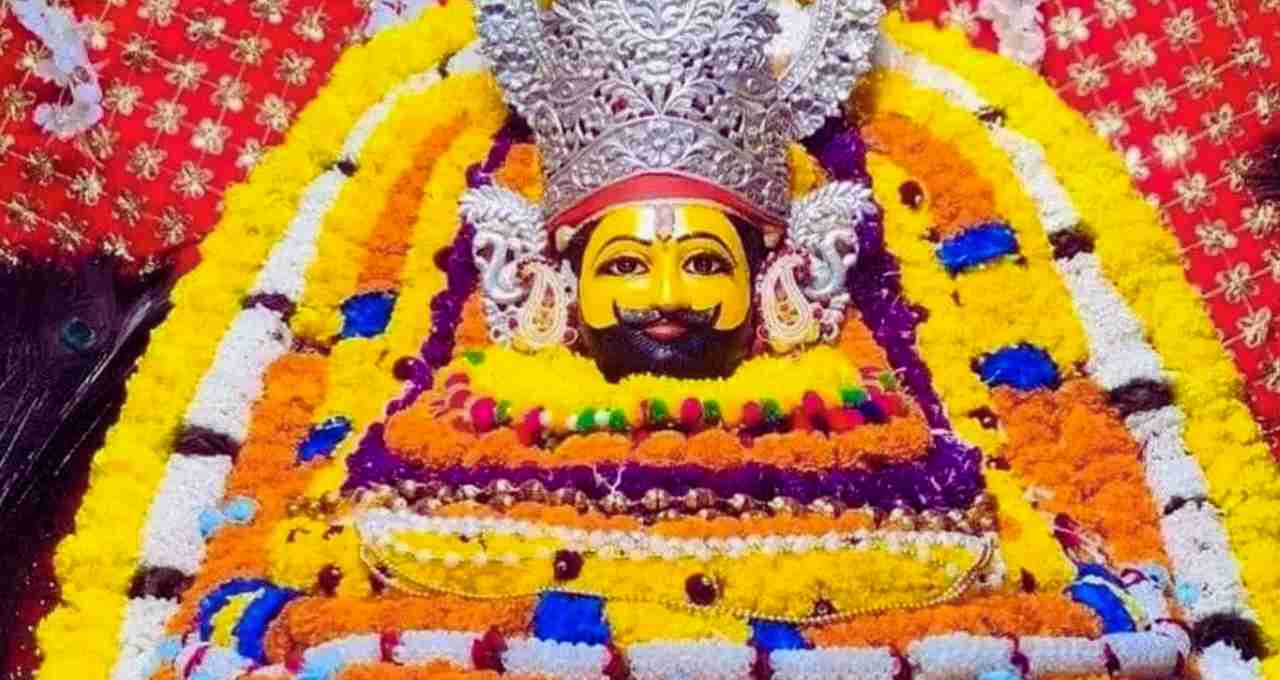
Although the temple administration considers this change a part of the adornment process, the emotions of the devotees are much more deeply connected to it. Many devotees believe that this color change is the divine play (leela) of Baba, and this miraculous event brings auspicious signs into their lives. Some devotees also see it as a sign of Baba's mood and a way of taking the devotees' troubles upon himself.
Many devotees visit on these special days
Devotees who wish to have darshan of both forms of Baba Shyam also decide their visiting time accordingly. Many devotees come for darshan during the Shukla Paksha days to see the black Shaligram form of Baba. At the same time, some devotees prefer to come during Krishna Paksha to have darshan of Baba's gentle Shyam color form. This clarifies how much importance this tradition of changing the idol's color holds for the devotees.
Centuries-old tradition still alive today
It is believed that this tradition has been going on for centuries and is still followed today with the same devotion and rules as it used to be. The priests and servants of the temple pay special attention to keeping this tradition alive. This is why the Khatu Shyam Temple is still famous for its uniqueness and faith.
Khatu Shyam: Not just a temple, a living faith
The changing of the idol's color is not just a visual change but a reflection of the devotees' emotions and beliefs. In this temple of Khatu Shyam, not only darshan takes place, but also an exchange of emotions. Every color, every form, every adornment – everything is considered a part of Baba's divine play, which lakhs of devotees visit this holy shrine every year to see, understand, and feel.
